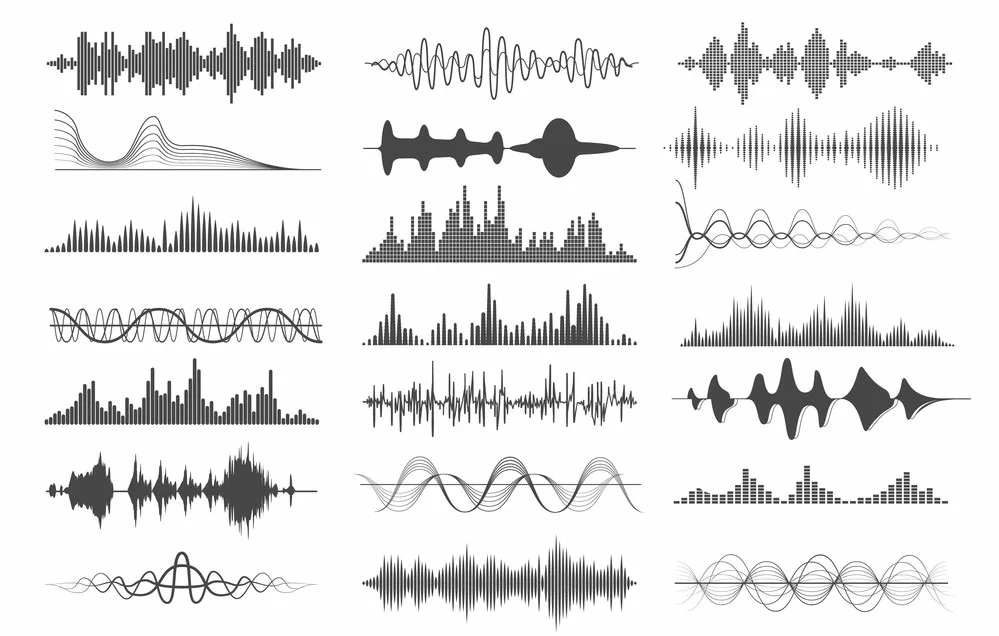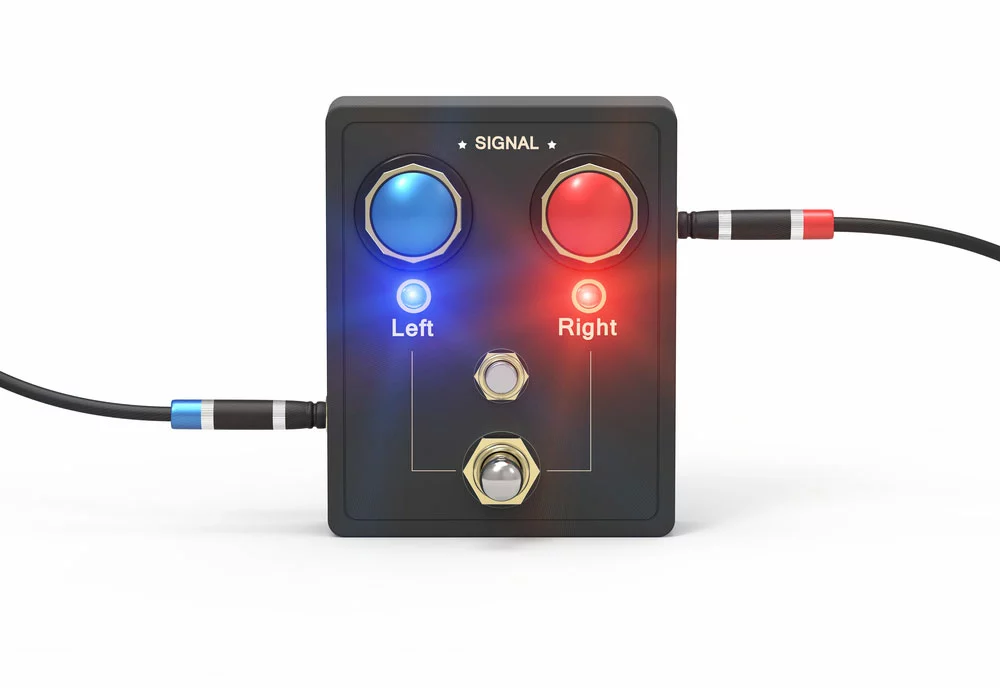About the Audio Cable Positive and Negative, If you are also a music lover, you may want to change the speakers, customize your system according to your preferences, or change the whole system. No matter what you do, the audio output quality largely depends on the wiring of the speaker components. In this article, you will go through everything related to the speaker audio cables, both positive and negative.
Table of Contents
- Speaker Audio Cable Understanding
- Why is speaker polarity important?
- Can Incorrect Speaker Polarity Damage Speakers?
- How to Connect Speakers Using Speaker Wire
- How to Test Speaker Wire Polarity
- With Speaker Wire Labels:
- Color coding:
- Audio Cable Positive and Negative: Test Speaker Polarity with a Speaker Tester
- Audio Cable Positive and Negative: Test Speaker Polarity with a Smartphone
- Audio Cable Positive and Negative: Test Speaker Polarity with a 9V Battery:
- Audio Cable Positive and Negative: Testing Speaker Wire Polarity with A Multimeter:
- Listening:
- Conclusion:
Speaker Audio Cable Understanding
A speaker cable carries signals that vary in length depending on the speaker, and the voltage may range from 100 volts for small speakers to thousands for subwoofers or loudspeakers.
When the speakers carry high signal levels, the signals run unbalanced. It means out of the two conductor wires, one wire carries signals while the other acts as a ground. The two terminals of the speaker, positive and negative, accept the same mono signals in opposite polarity. Here, you connect the positive terminal to the positive signal wire, which carries the mono signal of positive polarity. On the other hand, the negative terminal connects to the negative signal wire carrying a negative polarity signal wire.
Why is speaker polarity important?
You can determine speaker polarity while connecting wires between speakers and amplifiers. When you connect the positive speaker terminal to the positive amplifier terminal and the negative speaker terminal to the negative amplifier terminal, the speakers have the correct polarity. However, when you swap the connections, you can reverse the polarity of the speakers.
The polarity of an audio wave
When you see a sound wave graph, you will see a sound wave as a series of positive and negative changes in pressure. The center line represents the normal air pressure, and when there is a positive change in air pressure, the line goes up, and vice versa when there is a negative change in air pressure.
When you reverse the polarity of a sound wave, you will see a positive period becoming negative and negative periods going positive.

Caption: sound wave chart
Let’s understand this with an example.
Imagine how a drum creates a sound wave. When you hit the drum with a drumstick, the drumhead starts moving up and down. The membrane goes down when you first hit the drum, creating a negative air pressure. When you place a microphone on the drum and see these sound waves on the graph, the first will be a negative period.
If you reverse the polarity of the microphone, the first wave appears positive.

Caption: audio mixer
Constructive & Destructive Interference:
When you mix the two signals of the same polarity, both signals sum, which means the positive phase of the first signal sums up with the positive of the other, while the same happens with the negative signals. As a result, the resulting signal has twice the amplitude of the individual signals. This type of mixing of signals is constructive interference.
However, if you mix two identical signals with reverse polarity, you get destructive interference. Here, the first positive phase of the first signal cancels with the first negative phase of the second signal and vice versa. As a result, there will be no amplitude, and you will not be able to hear any sound.
How does a speaker work?
The basic principle of the speaker and the microphone is the same. A microphone creates electricity when there is vibration in its diaphragm, while in the speaker, movement happens when electricity passes through its wires.
If no electricity passes through the speaker wires, they rest in default. However, when you send an audio signal to the speaker, it starts moving outward and inward, causing displacement of the air particles in the atmosphere. As a result, there are positive and negative air pressure changes. These changes create a continuous sound wave from the speaker to our ears, and we hear.
What Happens When a Speaker’s Polarity is Inverted?
If you reverse the wires from the amplifiers to the speaker, you will change the speaker’s polarity. As a result, the speaker will move outward when it should move inward and vice versa. As a result, the sound wave that a speaker creates will be opposite to the signals sent by the microphone.
Whether or not the incorrect wiring affects the sound quality depends on the situation. However, it is always recommended to use the speaker wires correctly.
Reversed Polarity with One Speaker:
If you use only one speaker, you may not notice the effects of reverse polarity as their frequencies are identical. Sound waves are pressure changes that create an audio signal with alternating electrical currents. In one speaker, even when you reverse the polarity, every positive change equals the almost similar negative change and vice versa. Thus, you may not notice any audible difference with the change in polarity.
Reversed Polarity with Multiple Speakers:
Unlike the case with one speaker, you may feel a noticeable difference in sound quality when using multiple speakers. If you were both speakers in the same manner (be it in polarity or out of polarity), the sound quality would be the same. However, if one speaker is polarity and the other is in reverse polarity, it will significantly impact the sound quality.
When you use an array of speakers, the inverted polarity in even one of them will impact the sound quality. Thus, you must ensure that all the speakers in line arrays have the same polarity.
Similarly, speakers in subwoofer arrays, which sometimes require inverted polarity for better direction, should have the same polarity; any change in polarity, if needed, is made in amplifiers or the audio console instead of in the speaker wire terminals. Use a polarity reversal adapter if your amplifier or console does not allow polarity inversion.
Can Incorrect Speaker Polarity Damage Speakers?
Though inverted polarity causes significant changes to the sound quality, it is not harmful to your amplifiers and speakers.
The voltage you apply in the speakers, whether in the same or reverse polarity, is the same, and thus it does not cause any damage to your equipment. The only problem you may face is an acoustic issue. So, better follow the standards and ensure correct wiring always.

Caption: cables for connector headphones
How to Connect Speakers Using Speaker Wire
First, you must know that all amplifiers, speakers, and stereo speakers have terminals for connecting speaker wires. These terminals are either spring clips or binding posts. As explained above, these terminals also come in color coding for easy identification.
The next thing that you need for connections is the speaker wires. These wires also have identification marks like colored codes, stripped or dashed lines, or plus and minus symbols in transparent cables.
For making a connection, strip the wires and twist the bare wire ends to make them a single neat twisted wire. Sometimes, speaker wires come with their connectors which also carry identification marks. You can purchase your connectors and upgrade the speaker cable tips if the wires do not have connectors.
If there are spring clip terminals, get pin connectors and spade or banana connectors for binding posts.
When you have your wires prepared for connections, connect the positive terminal of the amplifier/receiver to the positive of the speaker wire and the same with the negative terminal.
When you make the right connections, both speakers are in phase and working similarly. However, connecting one speaker with reverse polarity wires means speakers are “out of phase.”

Caption: terminals for connecting the speakers
How to Test Speaker Wire Polarity
Indeed, you cannot notice the inverted polarity as long as you connect all the speakers in the same way. If you want to verify your connections, you can test the speaker wire polarity in the following ways:
With Speaker Wire Labels:
Some speaker wires come with labels like plus/minus. With such labels, you can easily make the right connections. You can connect the plus terminal of the speaker to the plus terminal and connect the speaker’s minus terminal of the speaker to the minus of the amplifier.
Color coding:
As described above, many speaker wires have color coding to identify the positive and negative terminal. Mostly red is positive, and black is negative; however, this is not a universal fact, and it may change. So, it’s better to check the manual that comes with the speaker system to identify the correct color codes.
Sometimes, you run the cables through conduits or walls and notice later that there is no labeling on the speaker wires. Or you may want to know whether you are connecting rights wires from the harness to the speaker wires of your car. In such cases, you can test the polarity.
Audio Cable Positive and Negative: Test Speaker Polarity with a Speaker Tester
A speaker tester helps test speaker polarity and contains a signal generator that checks the continuity of the speaker cable and the microphone.
Audio Cable Positive and Negative: Test Speaker Polarity with a Smartphone
In an already wired system where you pass audio signals, you can also test the polarity using smartphone apps.
- Connect your speaker system’s input to the smartphone’s audio output.
- Now, put the smartphone microphone in front of the testing speaker.
- The app will send a positive impulse to the system and receive the sound. It will check the polarity of the incoming sound from the speakers.
Audio Cable Positive and Negative: Test Speaker Polarity with a 9V Battery:
Testing polarity with a 9V battery is a free way to check the speaker polarity. Take a 9V battery and start testing as follows:
- Connect one speaker wire to the battery-positive terminal.
- Connect another wire to the negative terminal of the battery.
- As you make the connection, notice which side your speaker moves.
- If the speaker makes an outward movement, you have connected the speaker’s positive terminal with the battery’s positive terminal.
- If you see an inward movement, you have made opposite connections.
Audio Cable Positive and Negative: Testing Speaker Wire Polarity with A Multimeter:
A multimeter is a unique electrical device that helps measure resistance, amperes, and voltage values. When you know these data values, you can know the positive and negative terminals of the speaker wires. You can test the speaker polarity through a multimeter through the following steps:
- First, unplug all the cables from all the systems to have a clean working environment.
- Now, connect the speakers’ wires to a 9-volt battery
- Set your multimeter to DC voltage by rotating the multimeter knob at the center.
- Now, connect the wires to the multimeter.
- Once connected, you will see a reading for each wire on the multimeter, either negative or positive.
Listening:
If there is an improper installation, you will quickly identify the issues within seconds. In such a situation, you may experience disturbing or very low sounds when the volume is turned up.

Caption: spring clip wire terminals
Conclusion:
After reading this article, you will better understand the speaker wires’ polarity and importance. If you still need clarification or are looking for good-quality speaker cable assemblies or wiring harnesses, contact Cloom. We are a leading provider of a wide array of cable assemblies to suit your every requirement.
